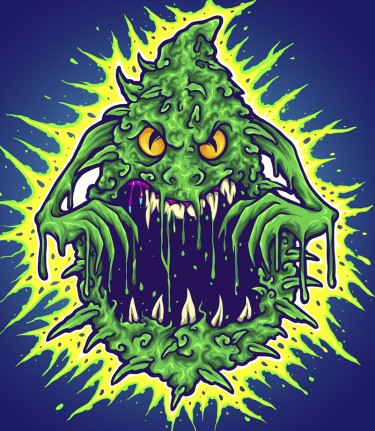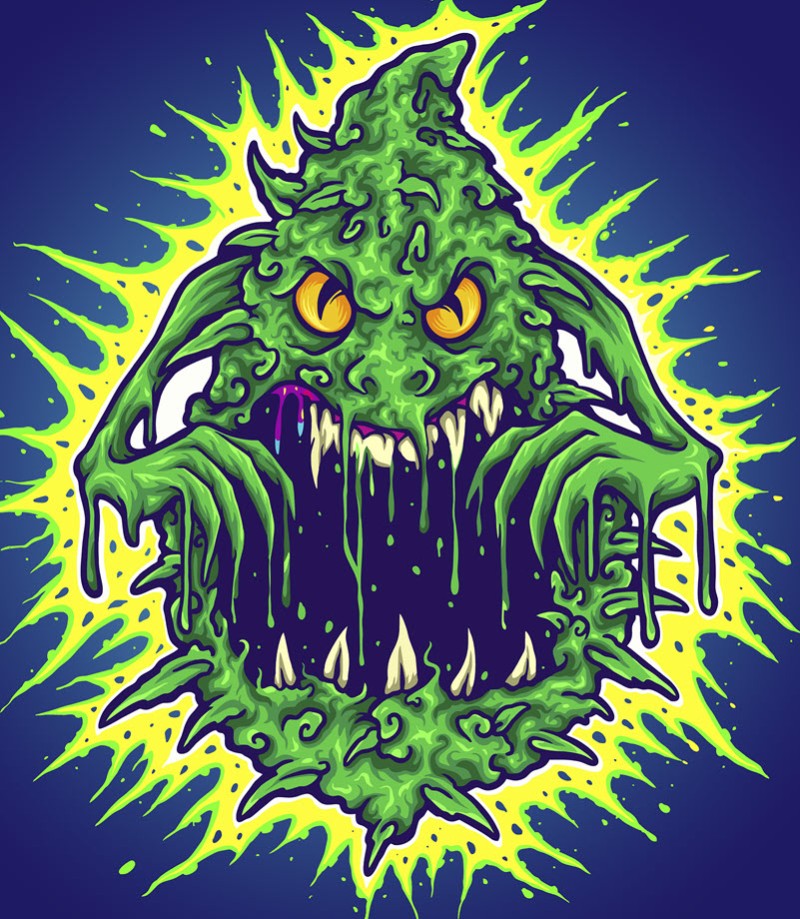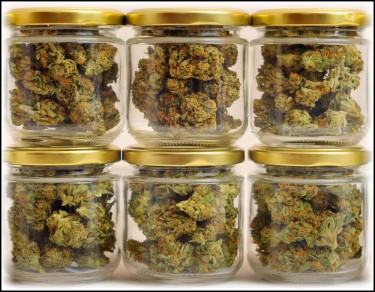
Harvest 2022 has arrived, and more marijuana than ever before will be ruined this harvest across America. But shouldn't we recognize the abundance of the yearly harvest? Sure. There will be numerous opportunities to do that. But today, we're dedicating the harvest to the people who will ruin it.
Some people will follow all the rules throughout the Summer, only to ruin their cannabis once they cut it down. Usually, it results from a lack of planning for that situation. Certainly, f it's possible that occasionally the electricity would go out or anything similar, but a large percentage of ruined cannabis in 2022 will be tracked back to human mistakes.
To explain a flawless dry and cure post-harvest, we must first establish the baseline from which we speak. In the ideal outcome, the flower's surface is still coated in sticky, excellent resin, and you hear an audible crack as you break the stem 2/16ths of an inch away from the bottom of the bud structure. Since the best marijuana in the world must begin with that type of dry and cure, you talk about good cannabis starting with that process and then go forward. However, we are not discussing the finest marijuana available anywhere.
Even if you had no sense of smell, you could infer a lot about the potency of cannabis from how it was processed after harvest. So who is making a mess of it? How exactly are they ruining it?
The Growers
Think about having dirt beneath your fingernails for five months before ruining it in the playoffs. For some people, that will undoubtedly be their harvest tale. They'll probably begin by spending too much time in the field, and then, all of a sudden, they'll find themselves halfway through August without a solid plan, and whatever they've come up with will likely not be sufficient. The cannabis will be either too dry or too hot. The cure will go wrong, leaving them with a bag that smells like lawnmower clippings with a hint of OG.
Given how competitive the East Coast markets have become, this subpar quality will be less desirable than ever. Not even Billy in Ohio will consider taking a hit. The middle-of-the-pack cannabis from Oklahoma and Maine is unquestionably superior to the poorest outdoor cannabis from California. Some farmers who consistently produce substandard products have faulted the market in the past few years. But in truth, many cannabis farmers never dried and cured their harvest correctly. These growers were people of routine who refused to change their habits, costing them a fortune.
The Distros
Without a doubt, the grower isn't always at fault. The entity that distributes cannabis may occasionally damage it. After cannabis was legalized in California, the state mandated that distribution companies transport weed. Several people founded their own distribution companies to integrate their businesses vertically from seed to sale. That implies that they can cultivate, deliver, and sell marijuana.
However, for every small- to medium-scale cannabis farmer, starting a distribution company wasn't a viable choice. Therefore, they were compelled to choose businesses that would help move their product to store shelves, hoping that nothing went wrong along the way. For many years, I was a big supporter of a NorCal company, but all my friends in Los Angeles said, "Jimi, the problem is not the heat." It was a direct result of the distributor messing up the product on the exhausting eight-hour drive from Mendocino's centre to Los Angeles. The terps are permanently destroyed once they are cooked off in a hot truck.
Dispensaries
Dispensaries are often not cold enough. The idea is to create the best environment for cannabis post-harvest; the weed should be comfortable. So turn down the heater and put on a sweater if need be. But if that disrupts your business strategy because you use employee necklines to toggle products, It is only safe to imagine you've got many other challenges at your establishment.
Every ideal dispensary should have a barometer that reads 60 and a thermostat that reads 55. This ensures that the marijuana that arrives at the dispensary has the best chance of remaining excellent for the most extended period possible. Even with these ideal climate control circumstances, you'll want to aim for the golden zone 8 weeks post-harvest.
Tips For Optimized Cannabis Drying and Curing
The local humidity and temperature determine the rate at which cannabis dries. Cannabis enthusiasts never hasten the curing and drying process. The best results come from a careful, slow, and calculated approach. Only a novice grower would aspire for high-quality results by drying their cannabis in a microwave or radiator.
The drying process typically takes about a week, but in some cases, it might take longer. Some people detach the buds from the twigs and place them in brown paper and envelopes for some days to slow the drying process. Brown paper is used because it is unbleached and porous enough to allow moisture to evaporate slowly. Many growers believe that once the branches are dry enough to snap, the remaining moisture is low enough to begin curing the buds. The exterior of the buds will look a little 'crunchy' at this time.
Curing removes any remaining moisture. Curing is critical if the buds remain mould-free for several months, if not a year or two. The buds develop the full perfume and taste while curing, which adds so much joy to the final consumption. One of the most underestimated components of cannabis supply is adequate drying and curing. The cannabis buds have lost a large percentage of their moisture as they approach curing.
The final stage of curing is the most crucial aspect of the cannabis supply chain. Glass jars are frequently used for curing. Plastic is less desired since the viscous resin on the buds might soften/discolour it. The buds are carefully clipped and stored in glass jars, leaving one or two-centimetre space at the top. The jars are closed and placed in a dark place. The jars are then opened once (or twice) a day to enable any moisture to escape. Some folks call this 'burping' the jars. A minimum cure time of two to three weeks is recommended.
Conclusion
Why did you leave that heat-generating bag outside? Why didn't you get a small tent where you could control the climate to dry in? Last year, your closet tech was terrible. Why did you assume that things will change in 2022? This sentence should not apply to you because there is still time.
DRYING AND CURING YOUR WEED IN CROPTOBER, READ ON...
THE COMPLETE GUIDE TO DRYING AND CURING YOUR CANNABIS!







